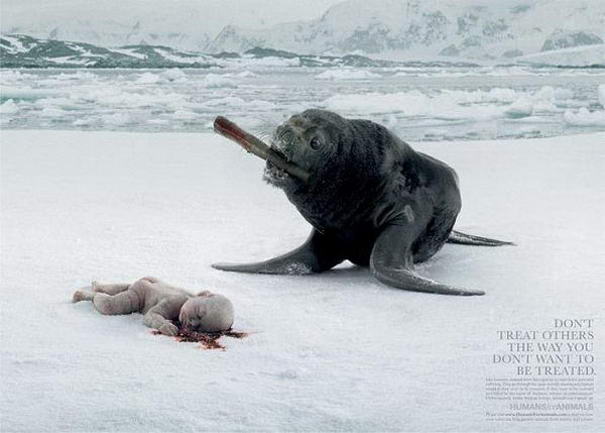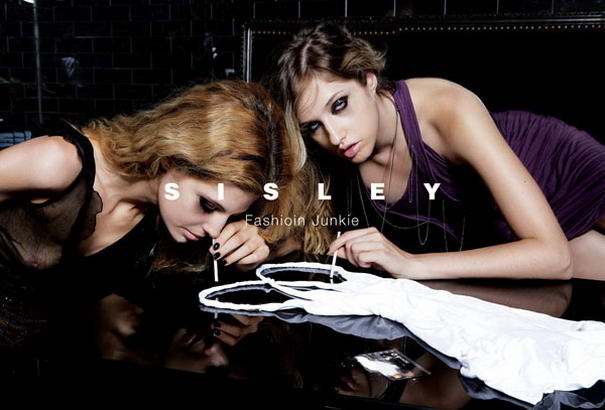It has been a while I haven’t posted a 10 list about magazine ads. Here is a new one with most controversial advertisements. Creating an emotional connection is crucial to effective marketing campaigns. One common technique is to arouse the feeling of shock. Some of these advertisements really push the limits of what could be considered an effective visual. You can find many of them disturbing and controversial.
In the vibrant and competitive universe of advertising, the formula to crafting memorable content often dances on the edge of innovation and provocation. An ad that stirs conversation, one that kindles fiery debates, is an ad that’s hardly forgotten. Yet, in the quest for creating an indelible mark in the consumer’s mind, sometimes boundaries are pushed and norms are challenged. And that’s where we land upon the fascinating realm of controversial print advertisements.
But what makes these ads so unforgettable? Is it the shock factor, the blatant disregard for norms, or the ensuing controversy they spark?
Check out 10 Most Controversial Print Advertisements below.
10 – Ariel

09 – Humans or Animals

08 – Sisley

07 – Spid Advertising Photographer

06 – WWF

05 – Toyota Prius

04 – Luxor Hot tubs & Saunas

03 – Amnesty International

02 – International Society for Human Rights

01 – International League Against Racism and Anti-Semitism

Controversial or not, advertising remains a potent channel to mirror society’s trends, values, and debates. In the process, they create an impact that far transcends the realm of selling products or services. They become catalysts for change, platforms for debate, and, despite the controversy, an indelible part of our cultural zeitgeist.
In the end, memorable ads, controversial or otherwise, continue to be the ones that echo our emotions, reflect our society, and, most importantly, make us think.


